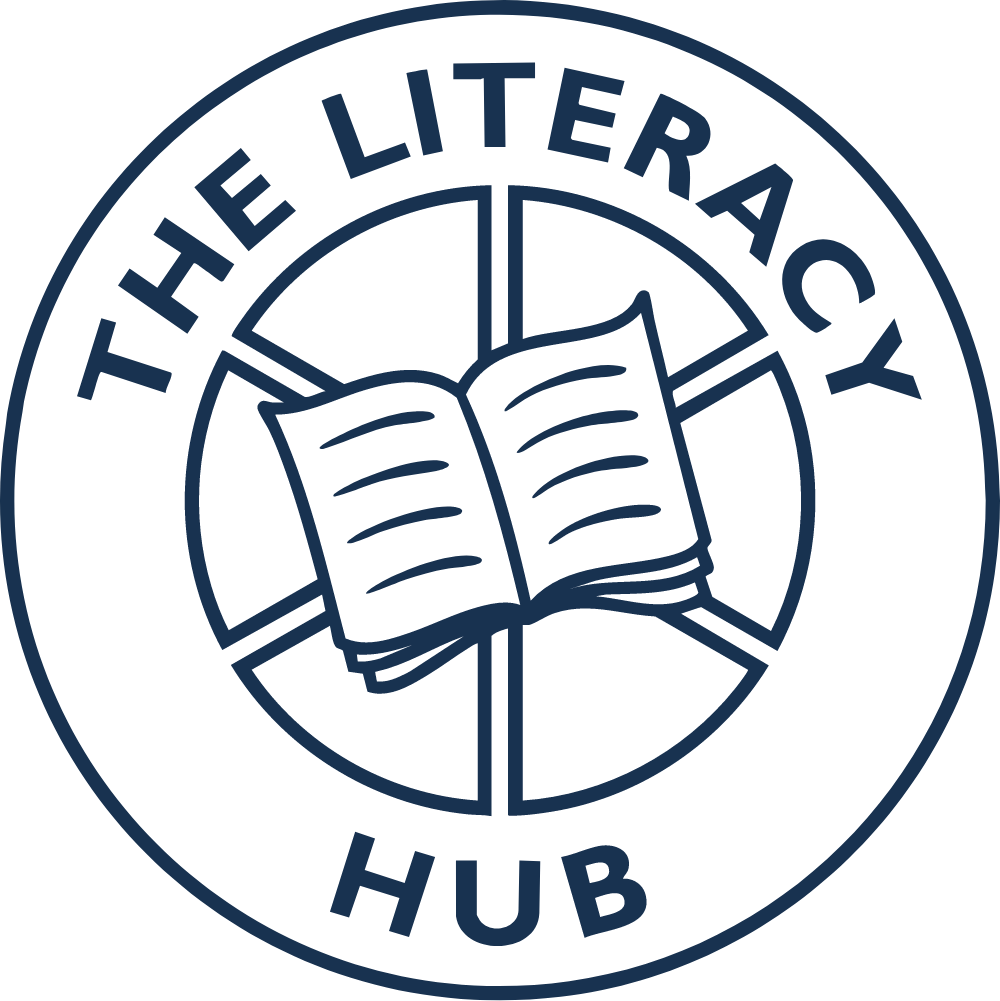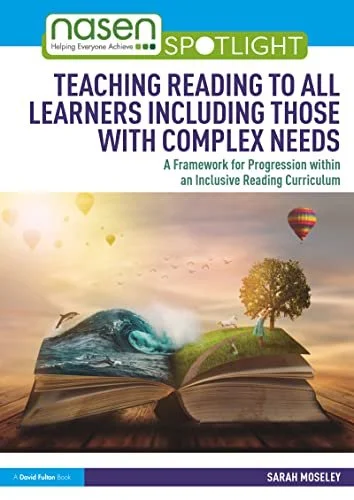Teaching Reading To All Learners Including Those With Complex Needs
Teaching Reading To All Learners Including Those With Complex Needs
by Sarah Moseley
Insights into how to use an inclusive approach to teach reading to pupils with a range of complex needs
An eye-opener
For me, as someone who has worked and volunteered within a mainstream school environment, this book’s focus on special schools was quite an eye-opener. The ‘science of reading’ literature tends to focus on either typically-developing readers, or those who struggle to read but have no other specific medical or communication needs. Reading Sarah Moseley’s book helped me realise how difficult it is to apply insights from this mainstream reading research to children with complex needs – from those with visual or auditory impairments, to those with memory difficulties, and others with physical difficulties that might prevent them from even turning a page in a book.
Sarah Moseley has worked in a range of teaching roles, from Teaching Assistant to Headteacher, and her doctoral research focused on the effect of reading instruction on children and young people with severe learning difficulties. The author’s description of her own difficulties conducting research on pupils with complex needs (see p. 16) highlights why research in this area is so limited.
An inclusive curriculum
A central theme of this book is that opportunities to learn to read should not be closed off for learners with complex needs because of possibly mistaken assumptions about their capabilities:
“The notion of an inclusive framework opens, rather than closes, what we are offering to all learners. It is not an expectation that all learners will learn to read and write in a conventional way if we just keep going; the presumption is that the reading curriculum can be one that learners access within their own pathways, that each of these pathways is linked to an overarching framework that provides possibilities and enriches the lives of all learners.” (p. 25)
The author uses evidence about the foundational skills required for reading to help build an inclusive approach. As I understand it, the main idea is that communication activities, music activities, symbols, stories, and much more are all viewed within the context of how they contribute to the skills that are necessary for reading. In this way, a more structured approach to building these skills can be followed.
Case studies help the reader to see how these ideas can work in practice, and make them seem more manageable and less intimidating. The case studies also helped me to appreciate the effort that teaching staff put into creating exactly the right resources to engage each pupil – from personalised books, to accompanying textures and sounds, to lolly sticks as page-turners.
The role of phonics in teaching learners with complex needs is also discussed, as this can be controversial within special education. Sarah Moseley presents case studies where pupils have benefited from using a structured phonics scheme, and points out that whole-word approaches are inherently limited in terms the number of words that pupils can learn.
However, she also notes that:
“By presenting polarised approaches or views, we are potentially reducing the chances of learners accessing the wide strategies needed to understand the English language.”
The idea, then, is to identify the needs of individual pupils and the way in which they can make progress within a more all-encompassing reading curriculum that provides many alternative pathways towards literacy.
Who is it for?
This book is an inspiring starting point, although it is clear that more research is needed to help teachers in special education to identify the best approach for pupils with many different kinds of complex needs.
I’d recommend this book for anyone teaching or supporting pupils with complex needs. Even those who are not specifically tasked with teaching literacy would benefit from insights into how to create a rich literacy environment using songs, stories, rhymes and music.

